Market Growth Projections
The Global China Radioligand Therapy Market RLT Market Industry is poised for substantial growth, with projections indicating a market value of 4500 USD Million by 2035. This anticipated growth is underpinned by various factors, including increasing cancer incidence, technological advancements, and supportive government initiatives. The compound annual growth rate of 12.35% from 2025 to 2035 reflects the industry's potential to expand rapidly. As more healthcare providers adopt radioligand therapy and patient awareness increases, the market is likely to witness significant developments. This growth trajectory suggests a promising future for radioligand therapy in the global healthcare landscape.
Technological Advancements
Technological advancements in radioligand therapy are propelling the Global China Radioligand Therapy Market RLT Market Industry forward. Innovations in radiopharmaceuticals and imaging technologies enhance the precision and efficacy of treatments. For instance, the development of novel radioligands that target specific cancer cells is likely to improve therapeutic outcomes. Additionally, advancements in diagnostic imaging facilitate better patient selection for radioligand therapy, optimizing treatment efficacy. As these technologies evolve, they are expected to attract investment and research, further driving market growth. The anticipated market value of 4500 USD Million by 2035 reflects the potential impact of these advancements on the industry.
Increasing Cancer Incidence
The rising incidence of cancer globally is a primary driver for the Global China Radioligand Therapy Market RLT Market Industry. With cancer cases projected to increase significantly, the demand for innovative treatment options like radioligand therapy is likely to surge. In China, the number of new cancer cases is expected to reach approximately 4.6 million by 2024, which underscores the urgent need for effective therapies. Radioligand therapy offers targeted treatment, potentially improving patient outcomes. This growing patient population is anticipated to contribute to the market's expansion, with projections indicating a market value of 1250 USD Million in 2024.
Collaborations and Partnerships
Collaborations and partnerships among pharmaceutical companies, research institutions, and healthcare providers are fostering innovation in the Global China Radioligand Therapy Market RLT Market Industry. These alliances facilitate the sharing of resources, expertise, and technology, which can accelerate the development and commercialization of new radioligand therapies. For example, partnerships between biotech firms and academic institutions are likely to enhance research capabilities and streamline clinical trials. Such collaborations not only expedite the introduction of new therapies but also expand market access. As the industry evolves, these strategic partnerships are expected to play a pivotal role in shaping the future of radioligand therapy.
Growing Awareness and Acceptance
Growing awareness and acceptance of radioligand therapy among healthcare professionals and patients are driving the Global China Radioligand Therapy Market RLT Market Industry. As more clinicians recognize the benefits of targeted therapies, the adoption of radioligand treatments is likely to increase. Educational initiatives and conferences are enhancing knowledge about the efficacy and safety of these therapies, leading to greater patient demand. Furthermore, as patients become more informed about their treatment options, they are more likely to seek out advanced therapies like radioligand therapy. This shift in perception is expected to contribute to the market's growth trajectory in the coming years.
Government Initiatives and Funding
Government initiatives and funding play a crucial role in the growth of the Global China Radioligand Therapy Market RLT Market Industry. The Chinese government has been actively promoting cancer research and treatment innovations through various funding programs and policies. These initiatives aim to enhance healthcare infrastructure and support the development of advanced therapies, including radioligand therapy. Increased public and private investment in cancer treatment research is likely to accelerate the introduction of new therapies into the market. As a result, the market is expected to experience a compound annual growth rate of 12.35% from 2025 to 2035, driven by these supportive measures.


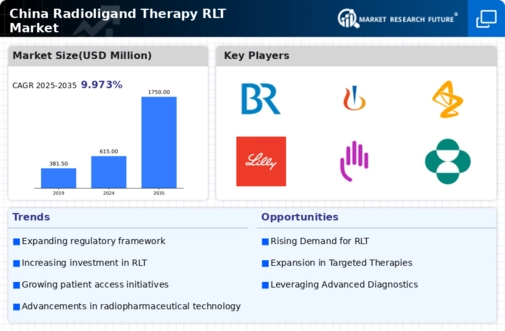
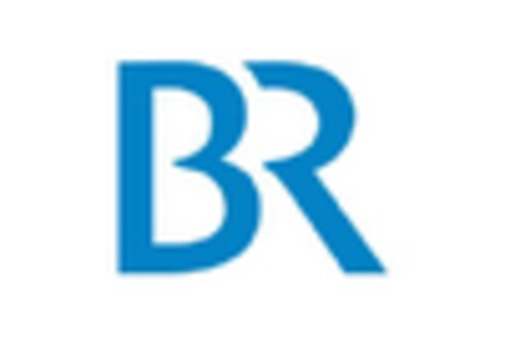
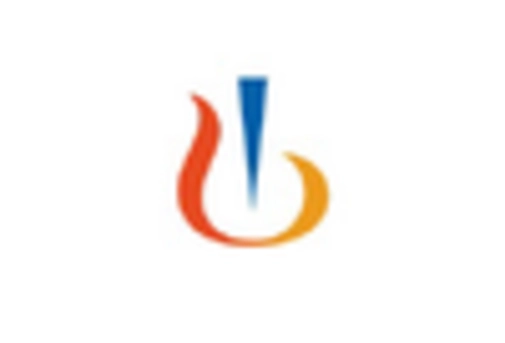

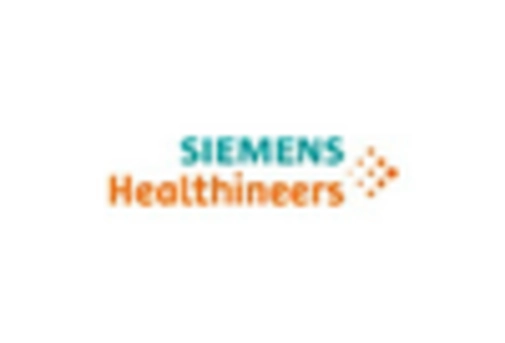
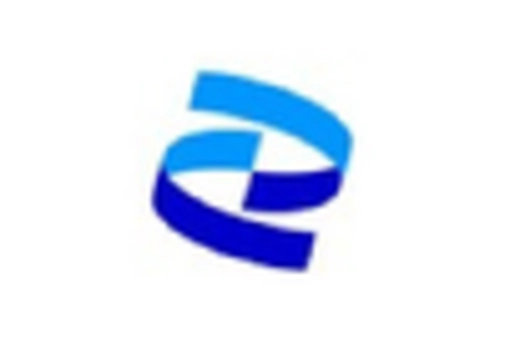
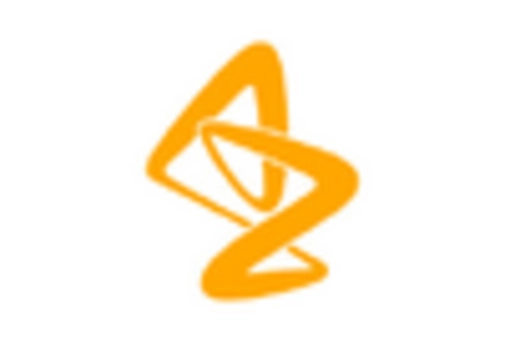
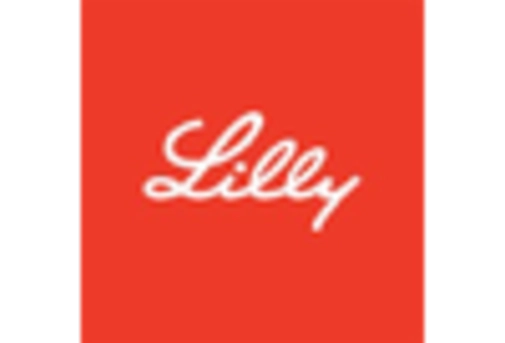

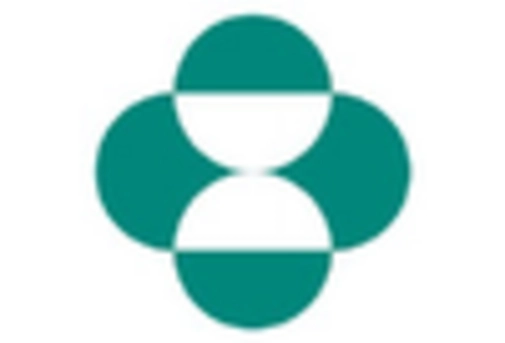








Leave a Comment